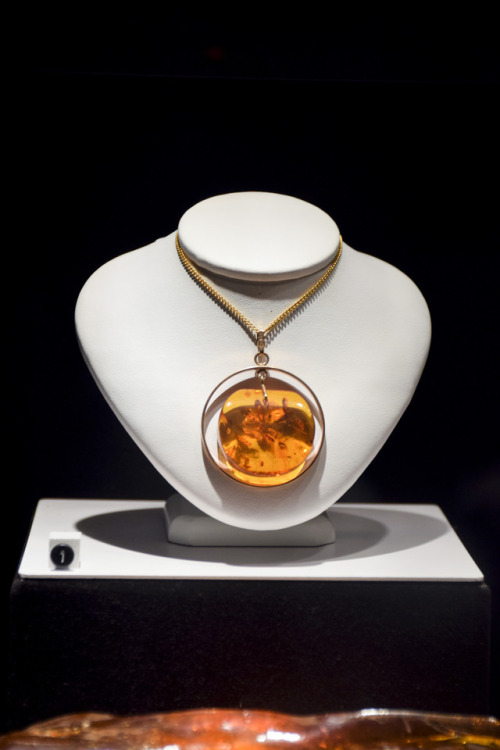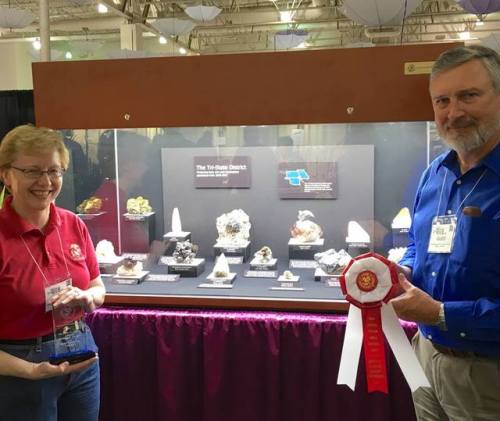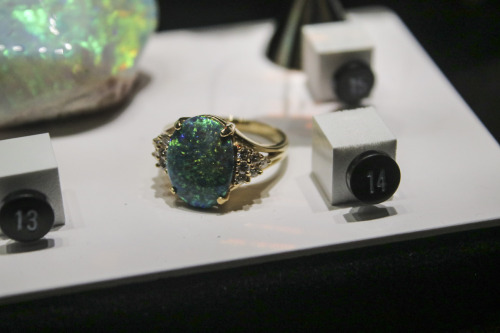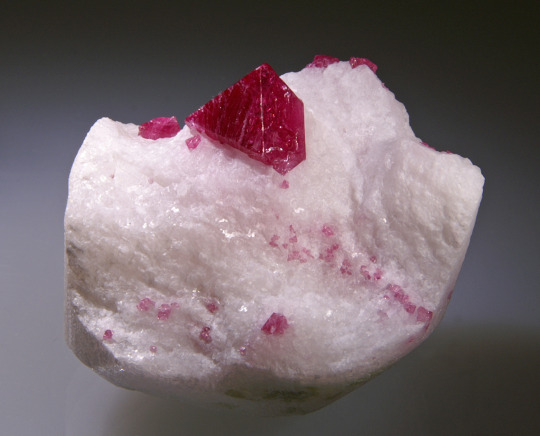
Wertz Gallery displays an amber necklace that was a state gift from Soviet Minister of Foreign Affairs Andrei Gromyko to former secretary of state Henry Kissinger.
(Photo by Hayley Pontia)
Carnegie Museum of Natural History
One of the Four Carnegie Museums of Pittsburgh
by wpengine

Wertz Gallery displays an amber necklace that was a state gift from Soviet Minister of Foreign Affairs Andrei Gromyko to former secretary of state Henry Kissinger.
(Photo by Hayley Pontia)
by wpengine

After 25 years at Carnegie Museum of Natural History, Curator of Collections for the Section of Minerals, Marc Wilson, retired in August 2017. Marc began managing the museum’s impressive mineral and gem collection in 1992 and greatly improved the collection and exhibition halls during his tenure.
In 2007 Hillman Hall of Minerals and Gems was renovated and expanded with the addition of Wertz Gallery: Gems and Jewelry. He received the Friends of Mineralogy Award of Merit and was recognized as EFMLS Honoree for the 2001 AFMS Scholarship Award. He was inducted into the National Rockhound and Lapidary Hall of Fame in 2001 and served as a consulting editor for Rocks & Minerals since 1998. Collection Assistant Debra Wilson will now serve as Collection Manager for the Section of Minerals at Carnegie Museum.
Congrats to both Marc and Deb!
by wpengine

Black Opal ring on display in Wertz Gallery: Gems and Jewelry at Carnegie Museum of Natural History
by wpengine
by wpengine

by Hayley Pontia
If you were born in August and not in love with the stark yellow green birthstone Peridot, you’re in luck!
The American Gem Trade Association and Jewelers of America announced that spinel, which comes in a variety of colors, is now the second birthstone for August.
It is popular belief that birthstones have special properties relating directly to a person’s birth month. August, along with the months of March, June, October, November, and December, all are represented by multiple birthstones.
Spinel is more than just colorful. It also comes with an interesting history.
According to Doug Hucker, the CEO or the American Gem Trade Association, ancient gemstone merchants revered spinel, and it was widely sought after by royalty. It was known as ‘balas ruby,’ and it wasn’t until the late 18th century that we had the technology to distinguish spinel as a separate mineral from ruby according to Hucker.
Above is a spinel specimen from Carnegie Museum of Natural History’s collection in Pittsburgh.
Hayley Pontia is the marketing assistant at Carnegie Museum of Natural History. Photo by Deb Wilson.
